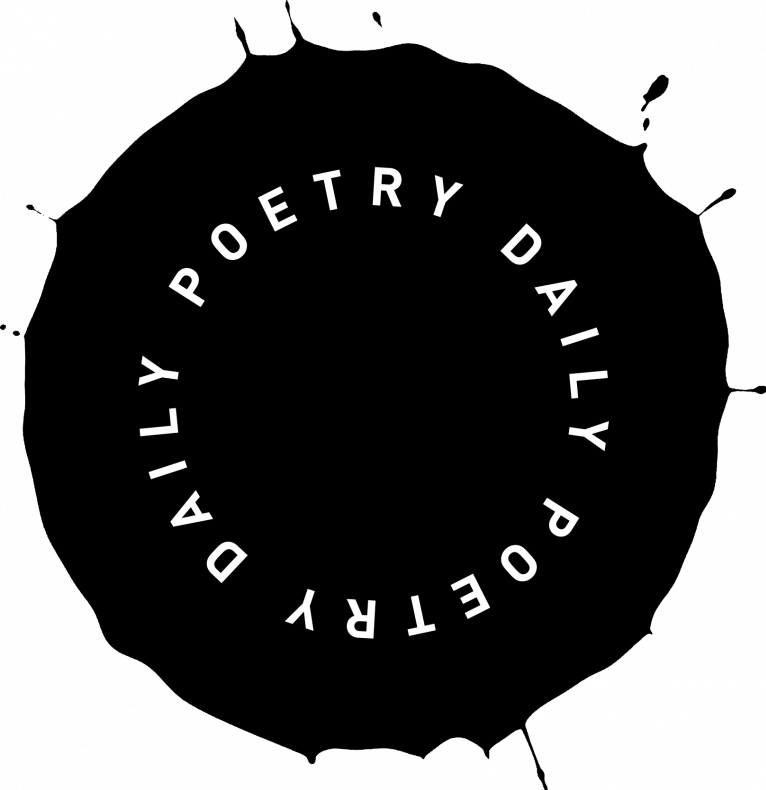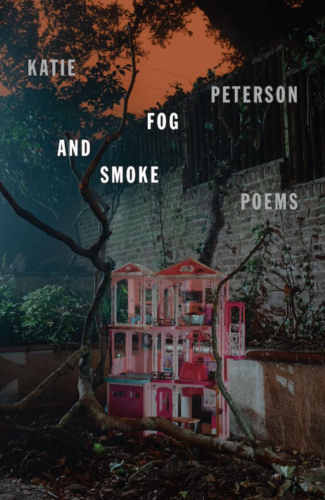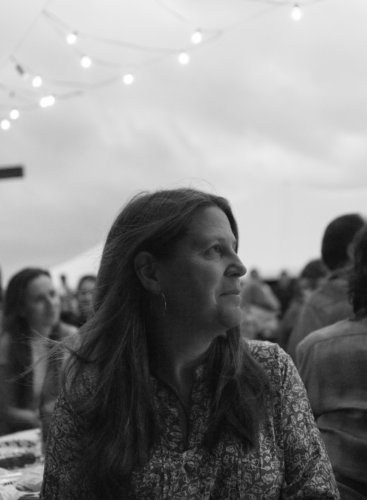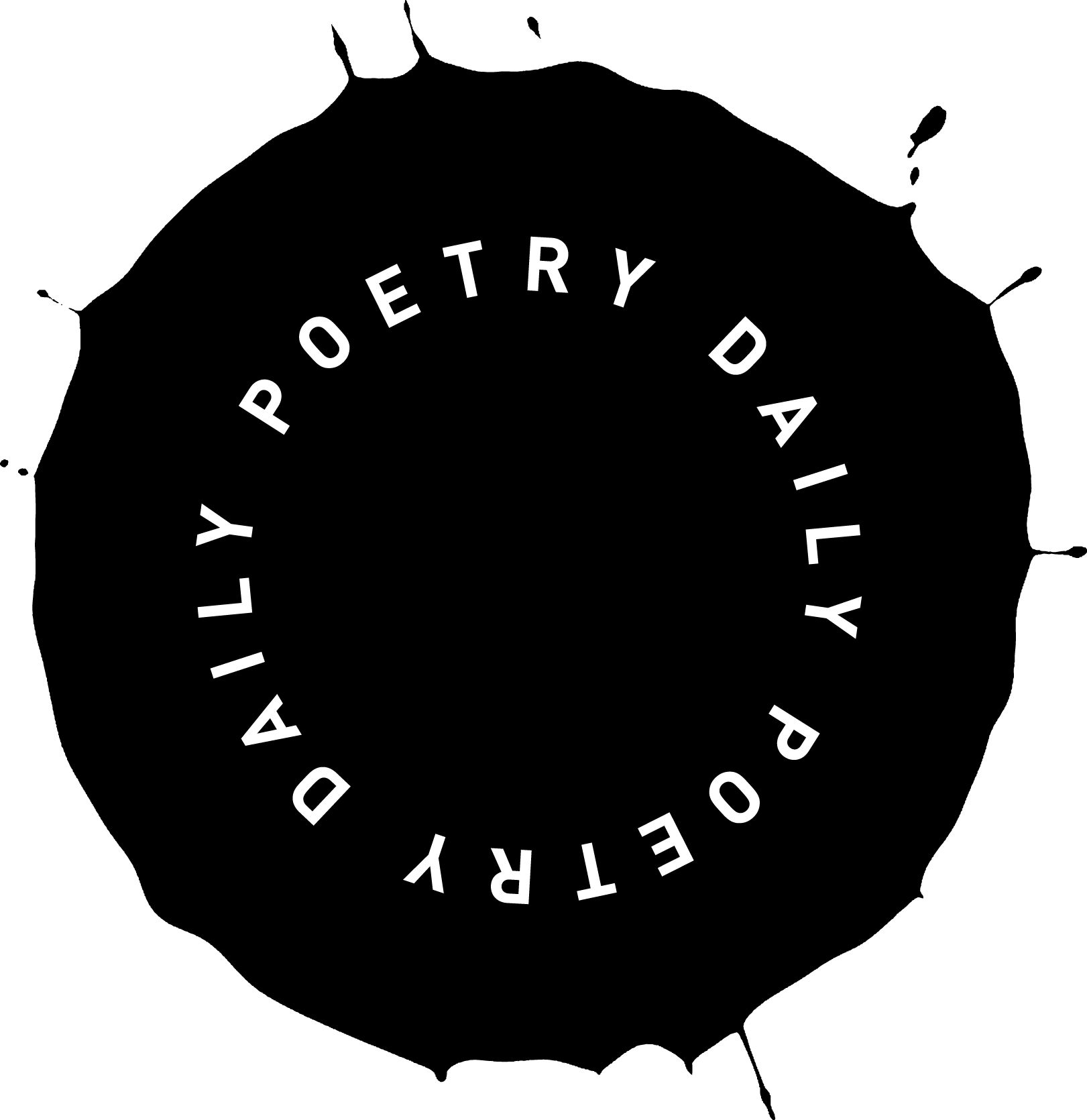In 2020, I refreshed the Cal Fire incident map at a pace governed by anxiety. The map, findable here (www.fire.ca.gov/incidents) updates, in real time, all reported wildfires in the state of California, recording them for years. Clickable, the map archives a fire’s acreage as it changes. Other California residents more threatened by blazes surely checked the site more frequently. I live in a fire zone, but I remained (and remain) lucky. My incessant looking bore traces of contact fear but came, I suspected, from another source. Let’s call it curiosity, one of the more beautiful words I can think of for wanting to know things. Curiosity’s Latin root, the verb curare, means to take care of. Its descendant words share that sense of the administration of a remedy. I looked at the map because I was curious about it, but what could I know from it? As my eyes roved over the shape of my state I saw online, my mind moved erratically between what I knew, what I didn’t know, and what I remembered. A fire burned out of control in a town where I argued with my father on a road trip. The first draft of the poem falsely located one of the fires in a “meteor bed,” a landform that doesn’t exist, which my imagination made up based on something misremembered from a documentary seen in a National Park. California, large as a country, has towns I’ll never visit. Why did they build a road through the mountains there and not there? The language of fire management offers its own resonant lexicon, beginning with the word “management,” including words like “containment” and “complex.” I learned new meanings to those familiar words from the incident map, born not for art, but for use – a simple outline of the state, pockmarked by glyphs determined by emergencies as they arrived, which they did, over a summer and a fall prior to the Covid vaccine, in a series of months in which I remembered to wear a mask but forgot why I was wearing it. In my neighborhood, the smoke burned, not the fires.
I wanted to know why I kept looking at the map, so I wrote a poem about it. But I didn’t know how to begin – I knew I couldn’t begin with myself, and my own relationship with the fires, which I didn’t really understand. I had no desire to magnify my personal distress, which remained “contained,” to use fire management lingo. The map had become an object of contemplation, like an icon or a Buddha or a painting in a museum. Maybe the closest analogy would be a labyrinth, one of those spirals people create with stones to guide the breath and feet of the walking meditator. I remembered Elizabeth Bishop’s tremendous poem, “The Map,” the first poem in her first book, North and South, published in 1946. My ear caught a cadence at the beginning of “The Map,” a matter-of-factness: “Land lies in water; it is shadowed green.” But questions quickly arise – the words can’t quite refer to what they see, the voice begins to imagine what exists underneath, transparency turns to mystery: “Shadows, or are they shallows, at its edges /showing the line of long sea-weeded ledges/where weeds hang to the simple blue from green.” The rest of the poem moves forward, in an omniscient plural first person, in uncanny authority: “These peninsulas take the water between thumb and finger / like women feeling for the smoothness of yard-goods.” I was reminded how deftly Bishop uses all the senses – not just the visual, her signature. Who doesn’t like to touch a map?
The fire map requires touching – on the best device, you can do everything with your fingertips, no keys necessary. I obligated myself to describe the experience of the map – but the poem surged underneath with resistance, digression, argument, frustration. I find this to be common with poems, which are like my favorite kind of children – give them a job to do, and they’d rather do anything else. But give them nothing to do, and they hate you. A poem ends up being equal parts what you must do and what you want to do, but in a way, with a proportion, inhabiting a mood you can’t predict. A map offers a perfect occasion for this, since, like a family portrait, what it leaves in points towards what it leaves out. The poem became about everything the map couldn’t record.




